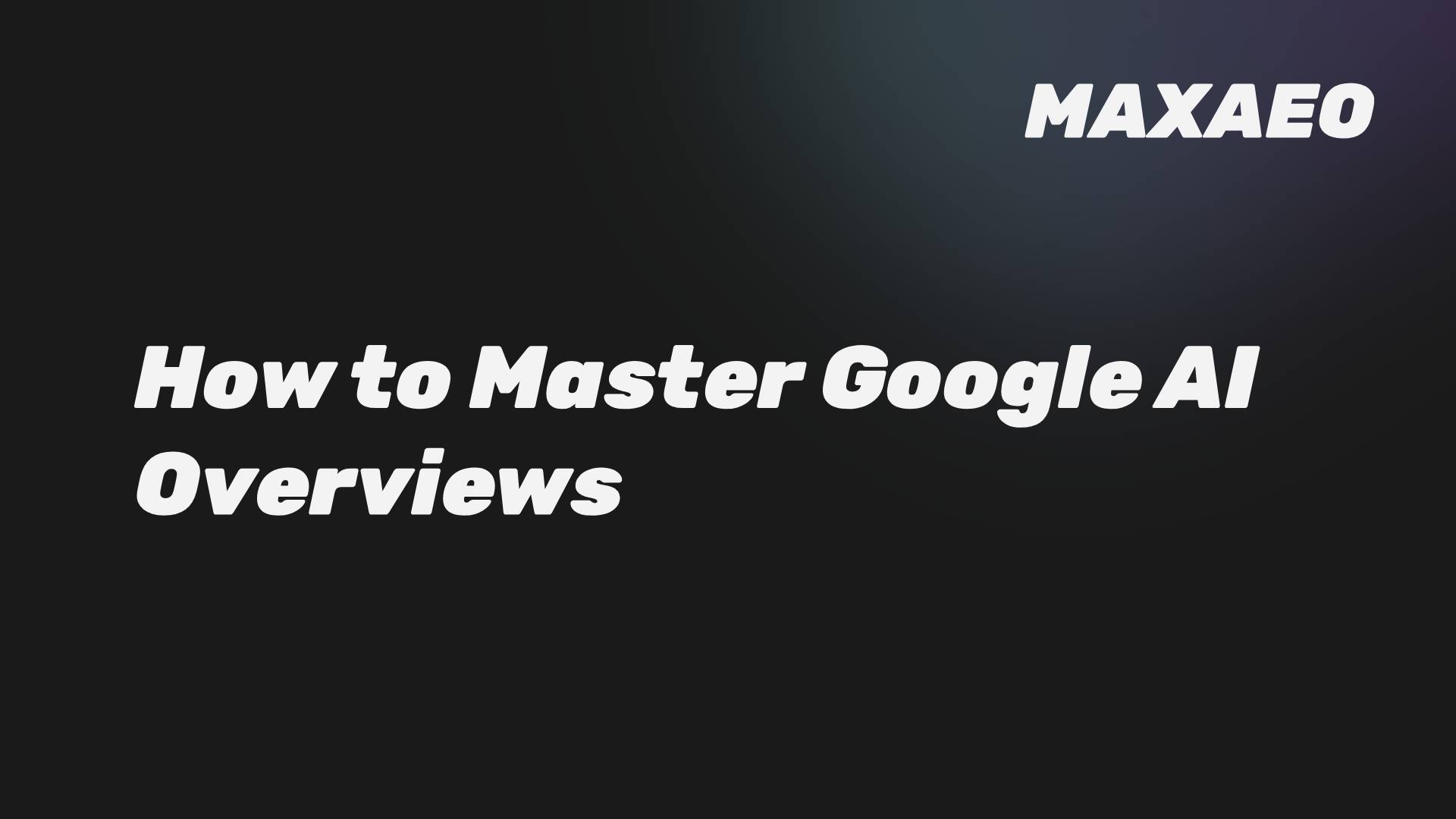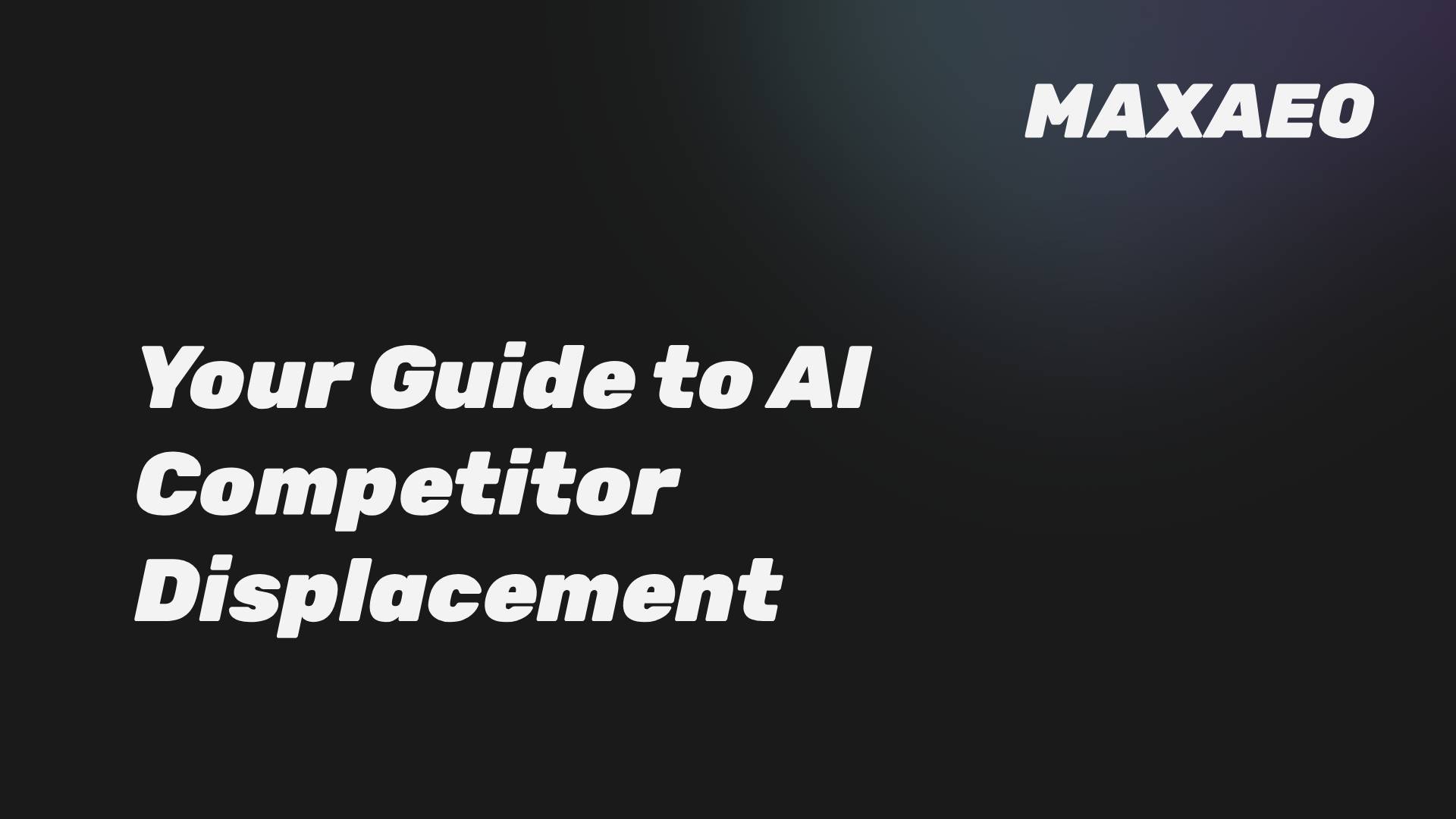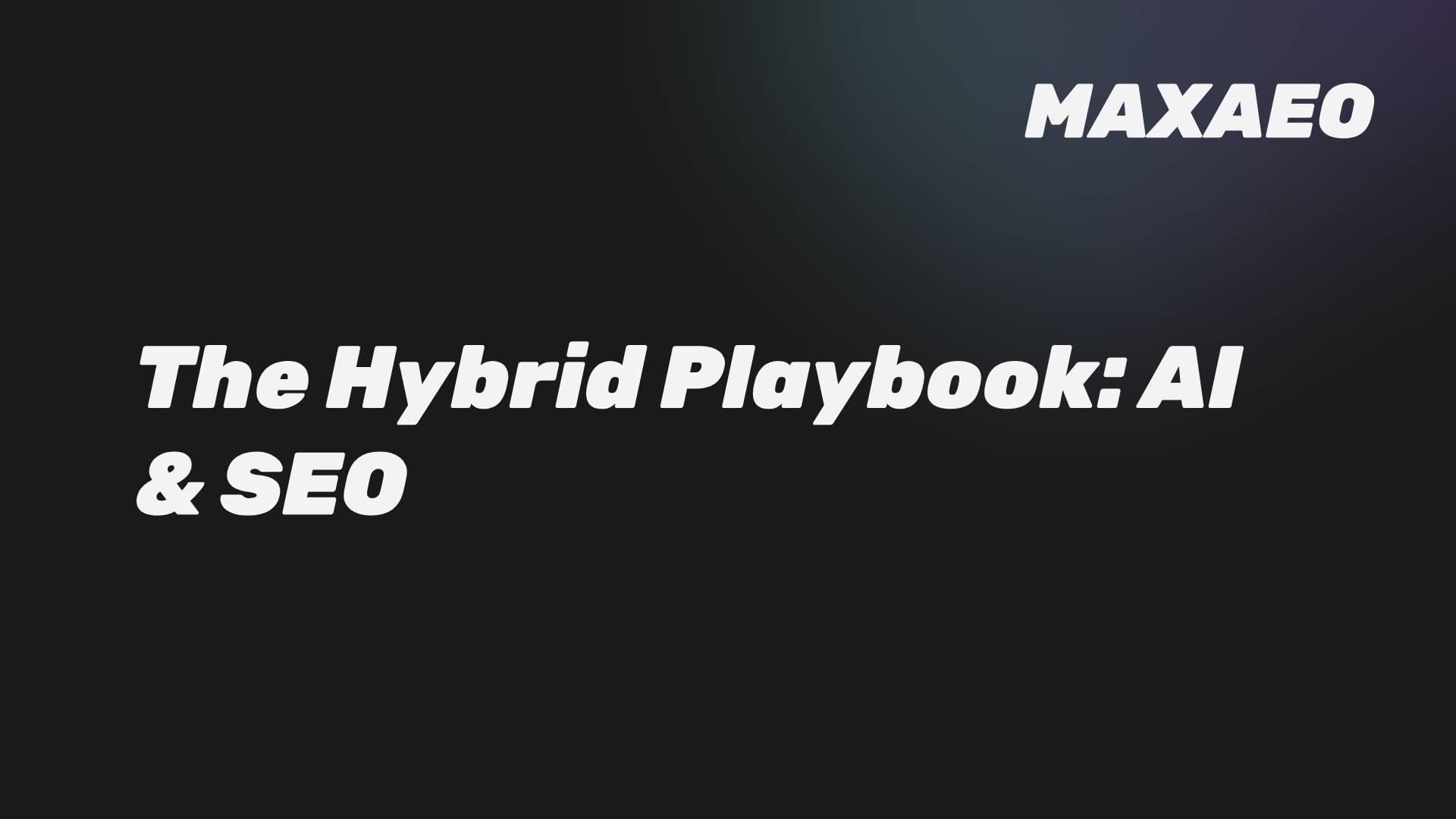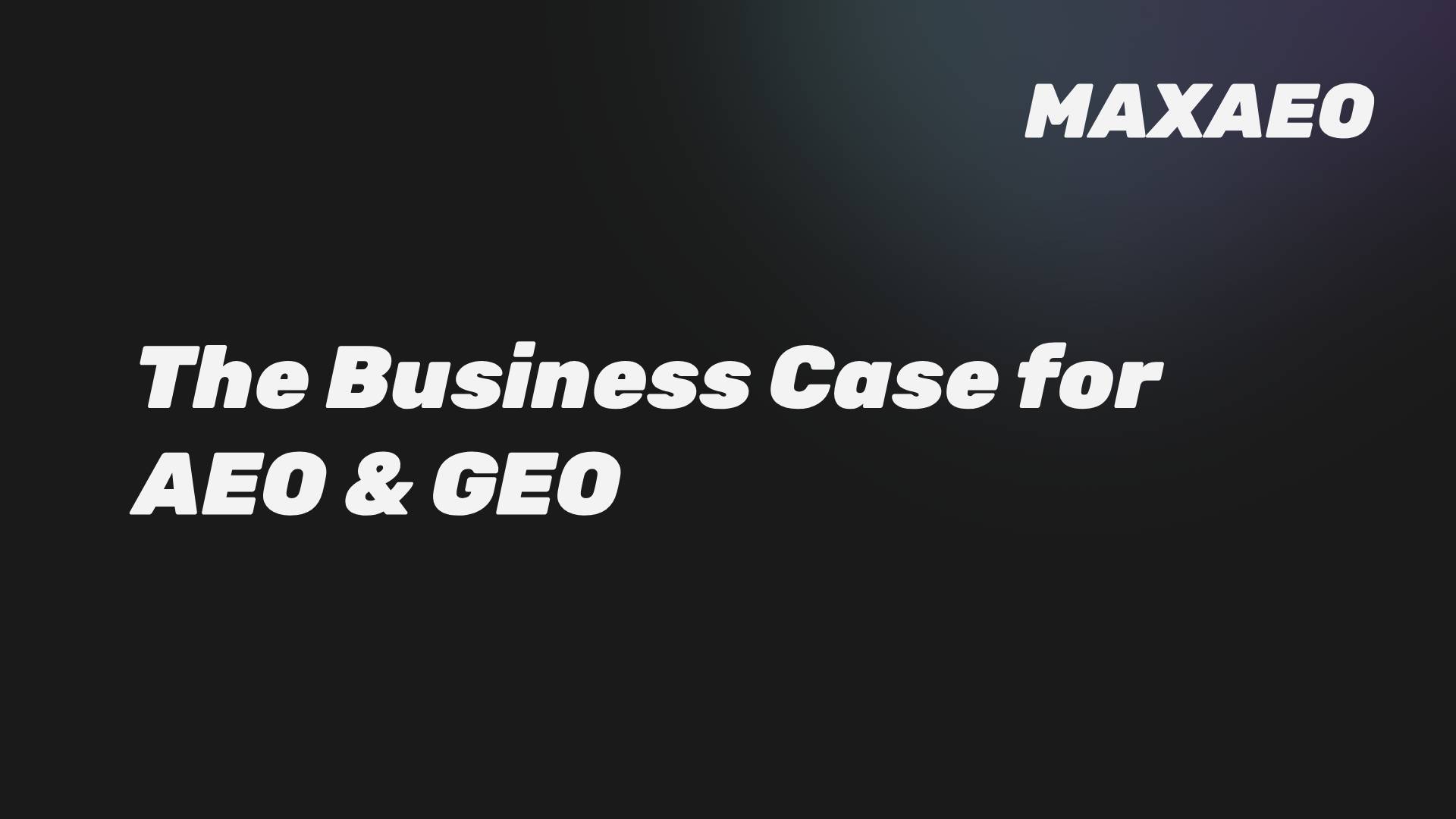· Anton Grant · AI Optimization · 4 min read
Competitor in Google's AI Answer? A CMO's Emergency Response Plan
A strategic guide for CMOs. A competitor featured in a Google AI Overview is a red alert. This 3-step emergency response plan shows you how to deconstruct their win and seize the top spot.
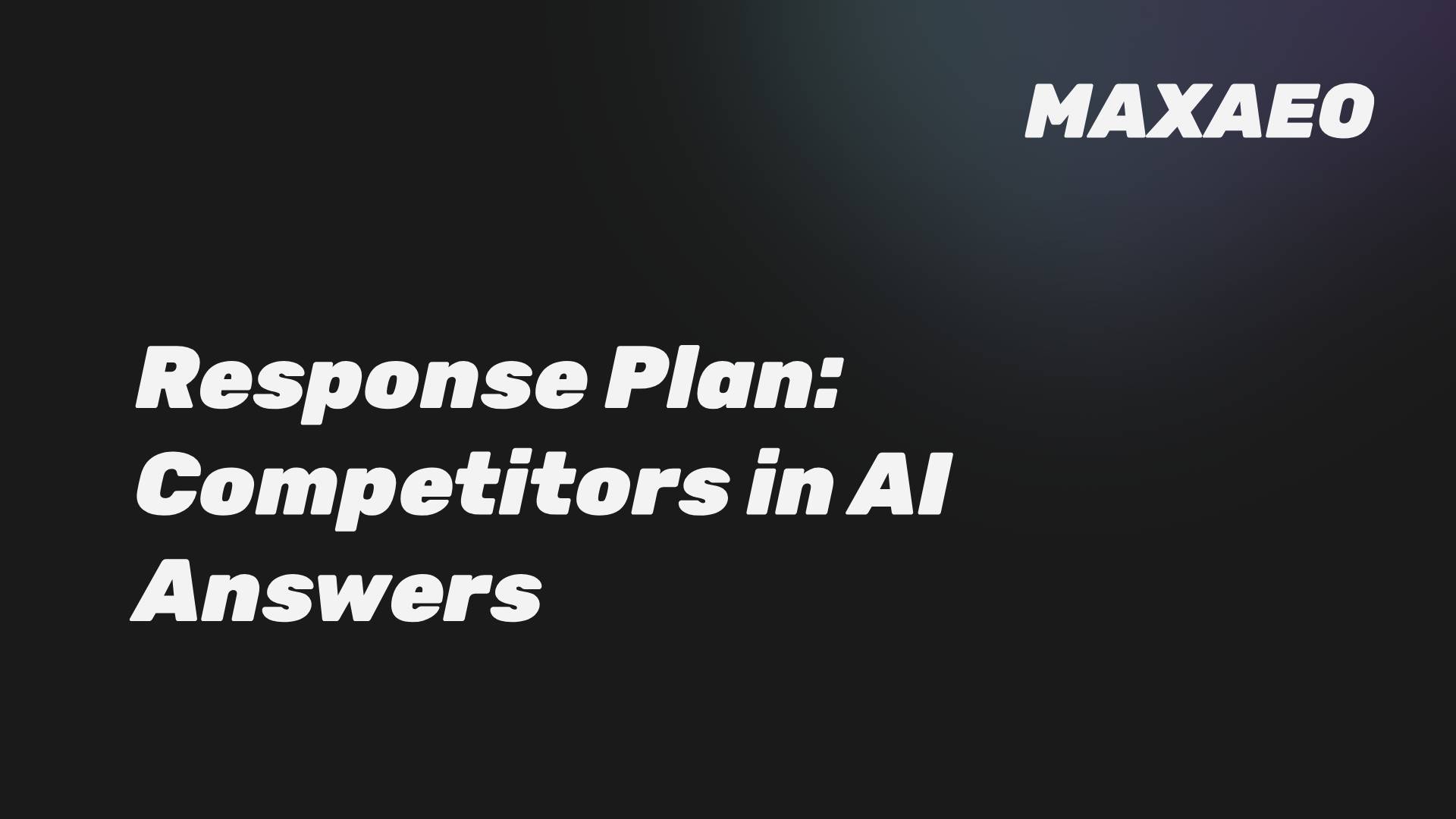
You’ve just discovered a competitor is being prominently featured in a Google AI Overview for one of your most valuable topics. This is not a minor shift in rankings; it is a “Code Red” strategic threat. Google’s Artificial Intelligence (AI) is now officially endorsing your rival as the authoritative answer in your market.
This guide provides an emergency response plan for B2B leaders. We will provide a clear, three-step framework to deconstruct your competitor’s win, execute immediate counter-measures, and implement a long-term strategy to not only reclaim, but dominate the top spot in AI-generated answers.
Why is a Competitor in an AI Overview a ‘Code Red’ Event?
A competitor featured in an AI Overview is a critical threat because it represents a powerful, third-party endorsement at the exact moment of user intent. It combines the authority of Google with a direct, synthesized recommendation, which can reduce click-through rates to other organic results by over 34%.
This is not just a lost click; it is a lost conversation and a direct transfer of market authority. Ignoring this is to tacitly approve of Google recommending your competitor to your prospects.
Step 1: Your 5-Minute Emergency Analysis
Before you can respond, you must diagnose. Immediately deconstruct your competitor’s win by answering two critical questions.
What Exact Question Triggered the Answer?
Identify the precise prompt that caused the AI Overview to appear. The nuance matters. A response to “best CRM for startups” will be different from “most affordable CRM for a 10-person sales team.”
What Sources is the AI Citing?
Examine the source links in the AI Overview. Is the AI citing your competitor’s own blog post, or is it citing a third-party review site, a news article, or a forum? The source of the information is your primary clue to deconstructing their win.
Step 2: Immediate Counter-Measures to Mitigate the Damage
Your immediate goal is to disrupt the existing answer by providing a superior, more authoritative source of information.
The Content Play: Build a Better Source, Immediately
Your team’s number one priority is to create a new content asset that is unequivocally better than the source(s) the AI is currently citing.
- If the source is the competitor’s website: Your new asset must be more comprehensive, more factually dense, and better structured.
- If the source is a third party: Your asset must still be superior, and your next step is to engage in strategic outreach to get that third party to reference your new, better resource.
This new content must be meticulously optimized for Answer Engine Optimization (AEO), with a clear, “answer-first” structure and robust schema markup.
The Correction Play: Address Inaccuracies at the Source
If the AI’s answer or the source it cites contains factual inaccuracies, you have a powerful lever. Contact the third-party source with clear, verifiable evidence and politely request a correction. A corrected source can quickly change the AI’s output.
Step 3: The Long-Term Strategy to Seize and Hold the Spot
Mitigation is not enough. The long-term goal is to build such a powerful and resilient brand presence that your company becomes the AI’s default, trusted source. This is the strategic work of Generative Engine Optimization (GEO).
The Authority Play: Dominate the Ecosystem
Your goal is to build a powerful and diverse Authority Ecosystem. Focus your digital PR and partnership efforts on securing positive mentions and citations on the high-authority platforms that AI models trust.
The Structure Play: Build a Knowledge Graph
Develop a comprehensive Knowledge Graph for your brand. This provides the AI with a verifiable, machine-readable “fact sheet” that makes your brand’s information easy to trust and hard to misinterpret.
Conclusion: Turn Their Victory into Your Roadmap
Seeing a competitor in a Google AI Overview is a clear and urgent signal that the competitive landscape has changed. It is also a gift. Your competitor has just shown you the playbook for what the AI values in your market.
By using this emergency response plan, you can turn their momentary victory into your long-term strategic advantage. Deconstruct their win, build a better answer, and invest in the deep, ecosystem-wide authority that will make your brand the definitive source. This is how you seize control of the conversation.
Ready to launch your offensive? Let’s talk strategy.
